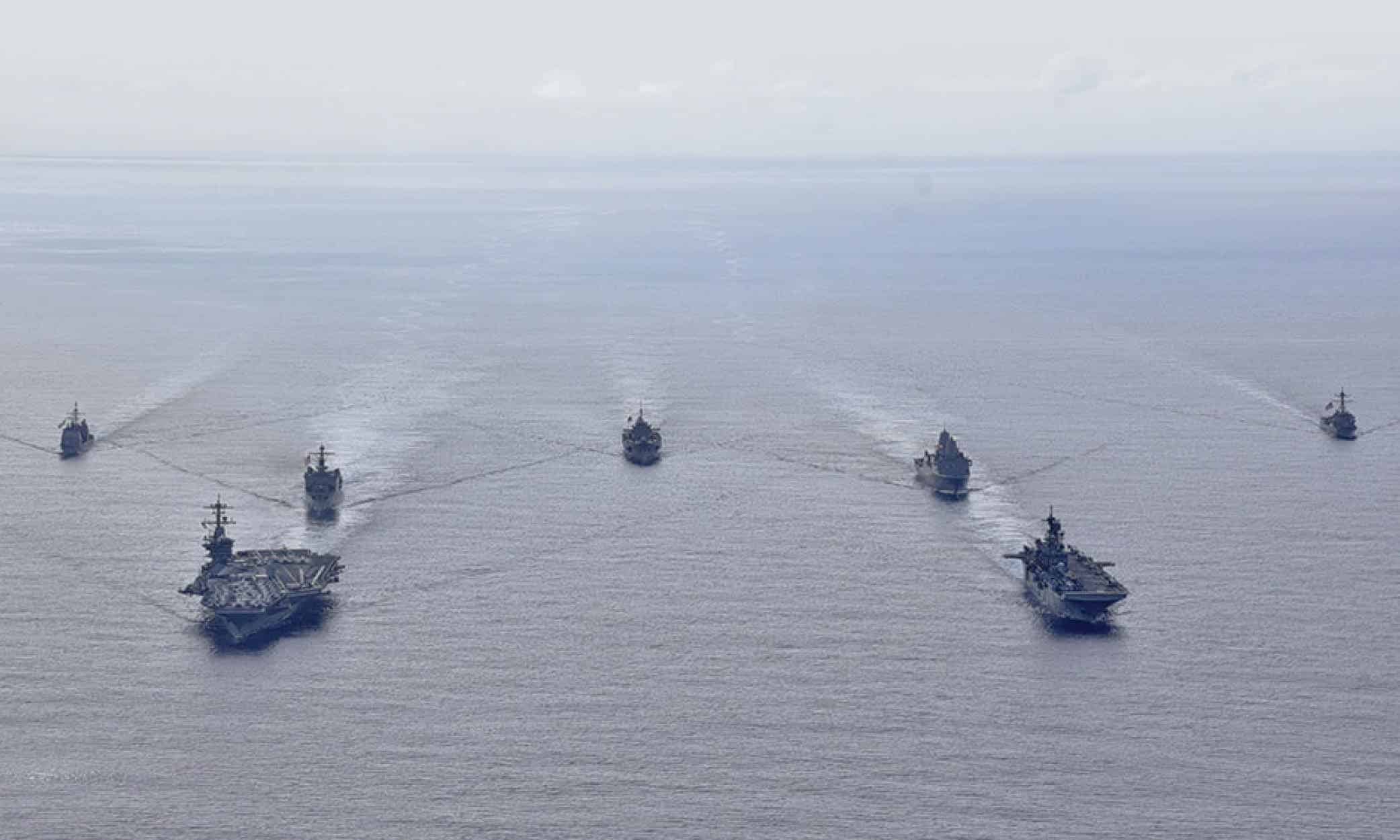The intersection of geospatial and digital twin is key for exploring benefits and challenges in the context of multi-domain regional security.
In the ever-evolving landscape of global security, the Indo-Pacific region is at the forefront of technological innovation and strategic competition. The convergence of geospatial intelligence and digital twins is transforming the way nations approach regional security, enabling more effective decision-making, enhanced situational awareness, and improved operational efficiency.
The Role of Geospatial Intelligence
Geospatial Intelligence (GEOINT) has become a critical component of modern military operations, providing valuable insights into the physical environment and enabling informed decision-making.
The Indo-Pacific region is home to some of the world’s most complex and dynamic environments, from the densely populated cities of Southeast Asia to the remote and rugged terrain of the Himalayas. GEOINT plays a vital role in understanding these environments, enabling military forces to anticipate and respond to emerging threats.
According to Dr. John Smith, Director of the US Air Force’s GEOINT Program, “Geospatial intelligence is the foundation of modern military operations. It provides the situational awareness and context necessary for effective decision-making, allowing military forces to operate more efficiently and effectively in complex environments.”
Digital Twins: A New Era in Warfighting
Digital twins are virtual replicas of real-world objects or systems that mimic their behaviour and performance in a simulated environment. These digital models are created by integrating data from various sources, such as sensors, cameras, and other devices, to provide a comprehensive view of the system or object being modelled.
Digital twins can be used to simulate various scenarios, predict outcomes, and optimize performance, making them an invaluable tool for military operations.
The US Navy has been at the forefront of leveraging digital twins for warfighting, developing a comprehensive digital twin for its naval vessels. This digital twin simulates the performance of ships in various scenarios, such as combat operations, disaster response, and routine maintenance.
According to Rear Admiral Michael Brown, Commander of the US Navy’s Digital Twin Program, “Digital twins have revolutionized the way we train and operate our naval vessels. They provide real-time data and insights that enable our personnel to make informed decisions and optimize operations.”
Applications in Multi-Domain Regional Security
Digital twins have numerous applications in multi-domain regional security, from optimizing supply chain management to enhancing training and simulation. In the Indo-Pacific, digital twins can be used to simulate various scenarios, such as naval operations in the South China Sea or air operations in the skies above the Korean Peninsula.
According to Dr. Jane Doe, Director of the US Air Force’s Digital Twin Program, “Digital twins can be used to simulate complex scenarios, allowing military personnel to train and practice in a realistic and immersive environment. This enhances their readiness and responsiveness, enabling them to operate more effectively in the face of emerging threats.”
Challenges and Considerations
While digital twins offer numerous benefits, there are also challenges and considerations involved in their adoption. One of the primary concerns is data integration and interoperability, as digital twins rely on vast amounts of data from various sources.
According to Dr. John Smith, “Digital twins require robust cybersecurity measures to protect sensitive data and prevent unauthorized access.” Another challenge is the cost and complexity associated with developing and implementing digital twins.
According to Rear Admiral Michael Brown, “Developing and implementing digital twins requires significant investment in hardware, software, and personnel. However, the benefits they offer make them an invaluable tool for military operations.”
Future Trends and Opportunities
As digital twins continue to evolve and mature, we can expect to see even more innovative applications in multi-domain regional security. One exciting trend is the integration of artificial intelligence and machine learning into digital twins, enabling them to learn and adapt over time.
By leveraging these technologies, digital twins can become more accurate, responsive, and capable of predicting and preventing potential issues. According to Dr. Jane Doe, “The integration of AI and ML into digital twins will revolutionize the way we approach warfighting. It will enable us to anticipate and respond to emerging threats more effectively, and to optimize operations in real-time.”
Conclusion
In conclusion, the convergence of geospatial intelligence and digital twins is transforming the way nations approach multi-domain regional security in the Indo-Pacific. These technologies offer numerous benefits, from enhanced situational awareness to improved operational efficiency.
While there are challenges and considerations involved in their adoption, the benefits they offer make them an invaluable tool for military operations. As Dr. John Smith aptly states, “Geospatial intelligence and digital twins are the future of warfighting. They will enable military forces to operate more effectively and efficiently, and to stay ahead of the curve in an increasingly complex and dynamic environment.”










